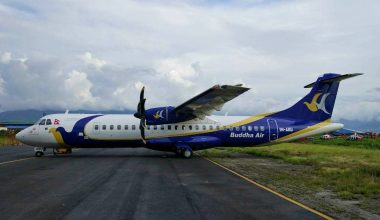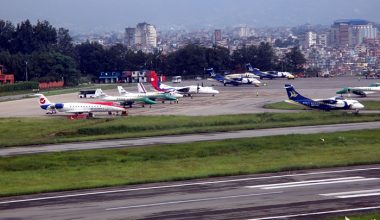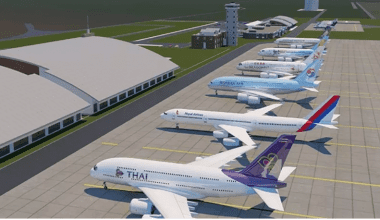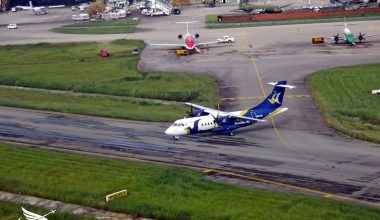Contemplation of Human Error
December 20, 2016
Human error has been recognized as a prime contributor to more than 70 percent of commercial aircraft accidents beyond restoration. While normally related with flight operations, human error has also lately become a key concern in maintenance practices and air traffic administration. Human factors specialists work with engineers, pilots, and mechanics to put on the latest knowledge about the edge between human performance and commercial airplanes to aid operators progress safely and efficiently in their daily tasks.
The term “human factors” has spread widely as the commercial aviation industry has agreed that human error, rather than mechanical failure, invites most of the fatal aviation accidents and episodes. If deduced slightly, human factors are the often considered tantamount with crew resource management (CRM) or maintenance resource management (MRM). However, it is much broader relating to both the knowledge base and scope. Human factors comprises collecting information about human abilities, restrictions, and other physiognomies and smearing it to tools, machines, systems, errands, jobs, and surroundings to produce safe, relaxed, and effective human usage. In aviation, human factors is devoted to better understanding how humans can most securely and efficiently be assimilated with the technology. That understanding is then interpreted into design, exercise, policies, or measures to help humans perform well.
In spite of rapid advances in technology, humans are eventually responsible for ensuring the accomplishment and safety of the aviation industry. They must remain well-informed, flexible, committed, and efficient while exercising decent verdict. Meanwhile, the industry lingers to make foremost investments in training, equipment, and schemes that have long-term repercussions. Because technology carry on to change faster than the ability to forecast how humans will cooperate with it, the industry can no longer be contingent as much on experience and intuition to guide assessments related to human enactment. As an alternative, a sound scientific basis is essential for evaluating human performance implications in design, training, and procedures; just as developing an innovative wing necessitates complete aerodynamic engineering.
Aircraft manufacturer has addressed this matter by commissioning human factors specialists, several of whom are also pilots or mechanics. Originally focused on flight deck design, these groups of about experts contemplate a much broader range of rudiments, such as cognitive psychology, human performance, physiology, ocular perception, ergonomics, and human-computer interface design. Applied jointly, their knowledge underwrites to the design of aircraft and back products that help humans achieve to the best of their proficiency while compensating for their natural restrictions.
Because cultivating human performance can help the industry lessen the commercial aviation accident rate, much of the effort is on conniving human-airplane interfaces and evolving procedures for both flight crews and maintenance technicians. Aircraft manufactures also carry on examining human performance all through the aircraft to improve usability, maintainability, dependability, and coziness. In addition, human factors experts partake in analyzing operational safety and emerging methods and tools to help operators well manage human error. These responsibilities need the specialists to work meticulously with engineers, safety experts, test and training pilots, mechanics, and cabin crews to appropriately assimilate human factors into the design of all airplanes.







